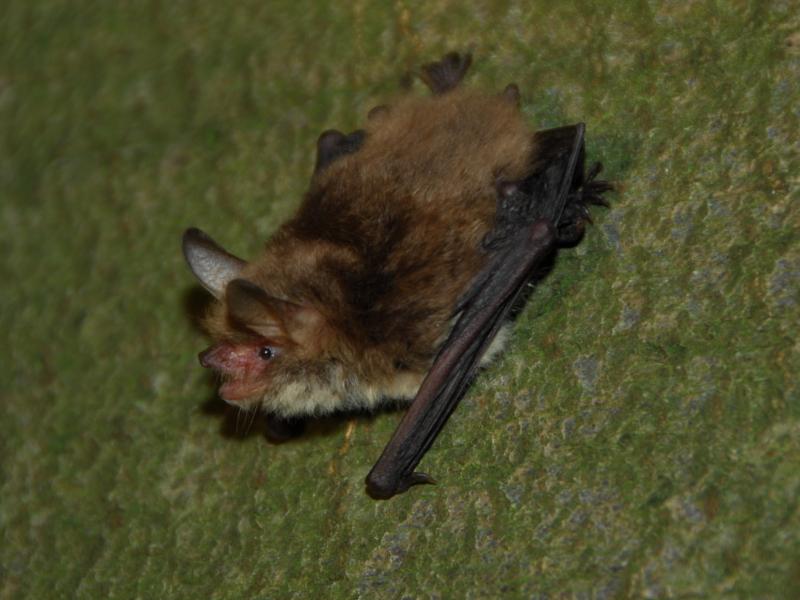Effects on hibernating bats of ambient temperatures and the characteristics of winter roosts in a dune area

Abstract: The Dutch dune areas between Zandvoort and Bergen aan Zee contain various sites, such as bunkers and ice cellars, in which bats hibernate. The bats in these sites are counted annually each winter. This study investigates whether the ambient temperatures and other characteristics of these winter roosts influence the number of bats hibernating in them. The relationship between the number of bats counted (average number per location) and the ambient temperatures appears to depend on the species. This relation was absent in Daubenton’s bats (Myotis daubentonii). The more cold-tolerant brown long-eared bat (Plecotus auritus) and Natterer’s bat (M. nattereri) showed a negative relationship with the ambient temperatures: the warmer it was, the fewer bats of these species were observed in the studied locations. This also applies to the pond bat (M. dasycneme), which is known to be less cold-tolerant. The number of bats counted in the winter roosts seems to be mainly related to the size of the sites: the larger the volume of the hibernaculum, the more bats were found there. The humidity, susceptibility to disturbance, the number of rooms and the hiding opportunities in the winter roosts also had an effect on the number of bats. However, the effects of these characteristics were less pronounced than the influence of the size of the sites and differences were not always significant. This knowledge is important in determining guidelines for management and to be able to evaluate the censuses. This approach, can help ensure that there are enough sites available to provide suitable hibernacula.



